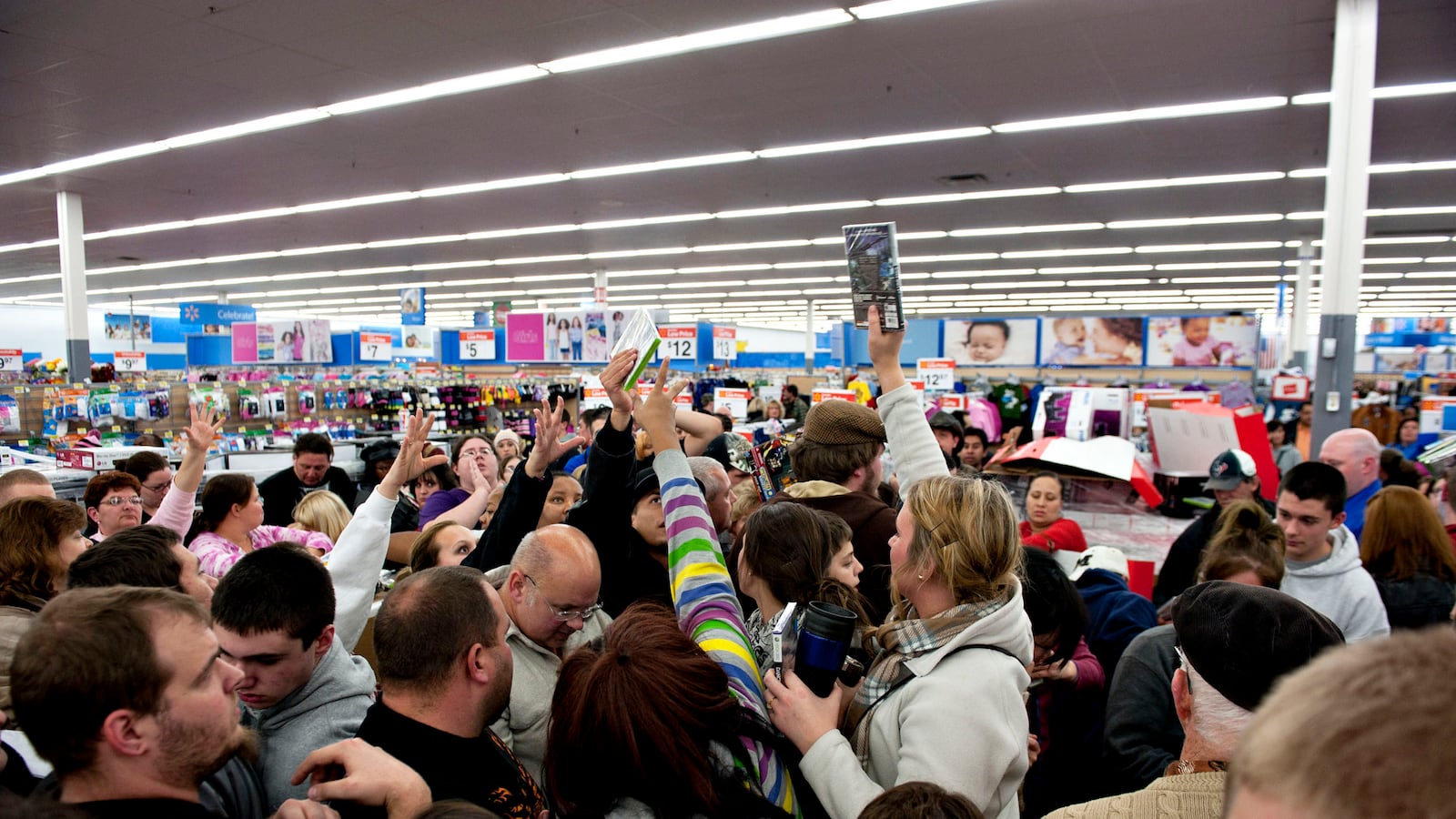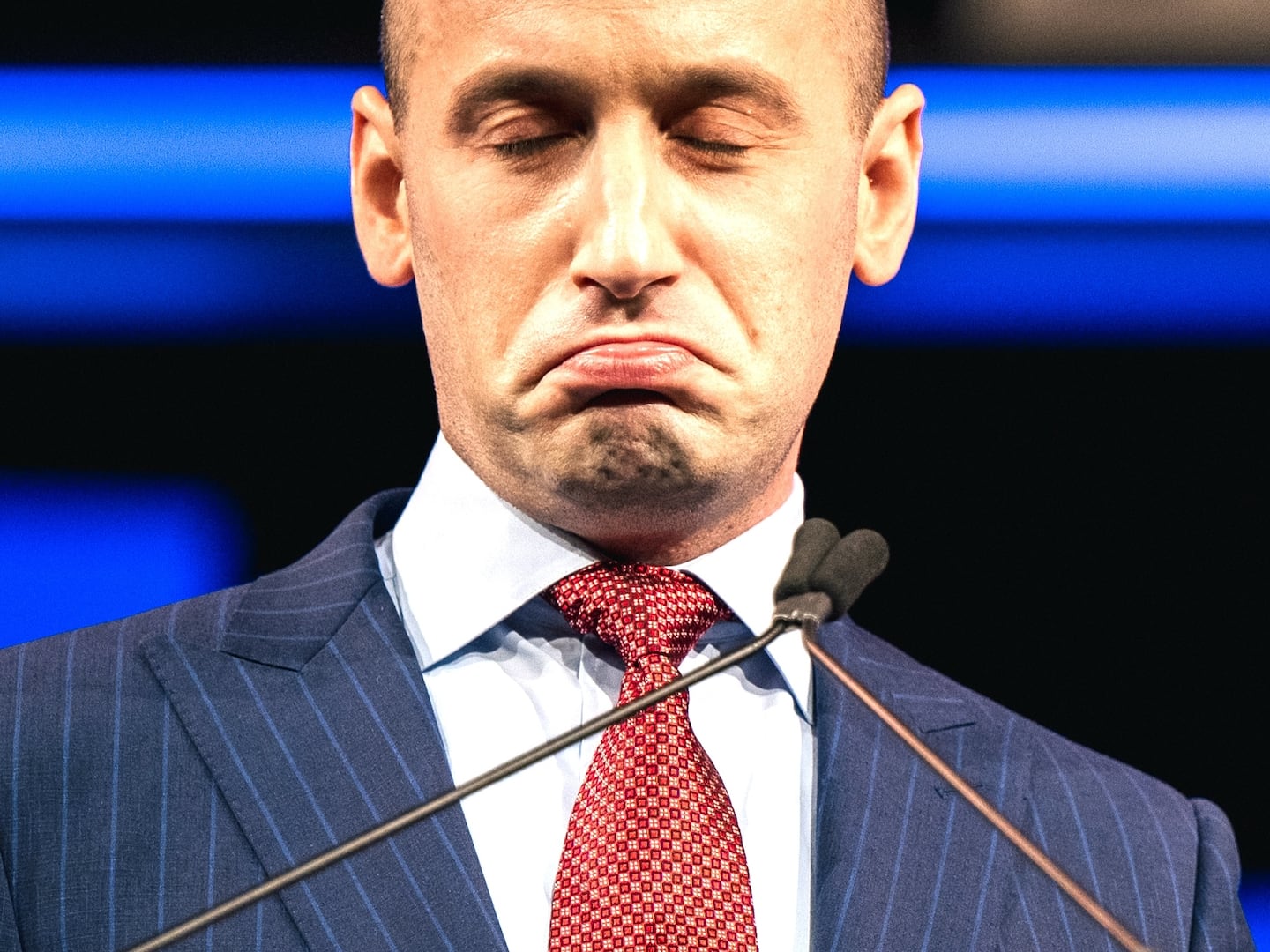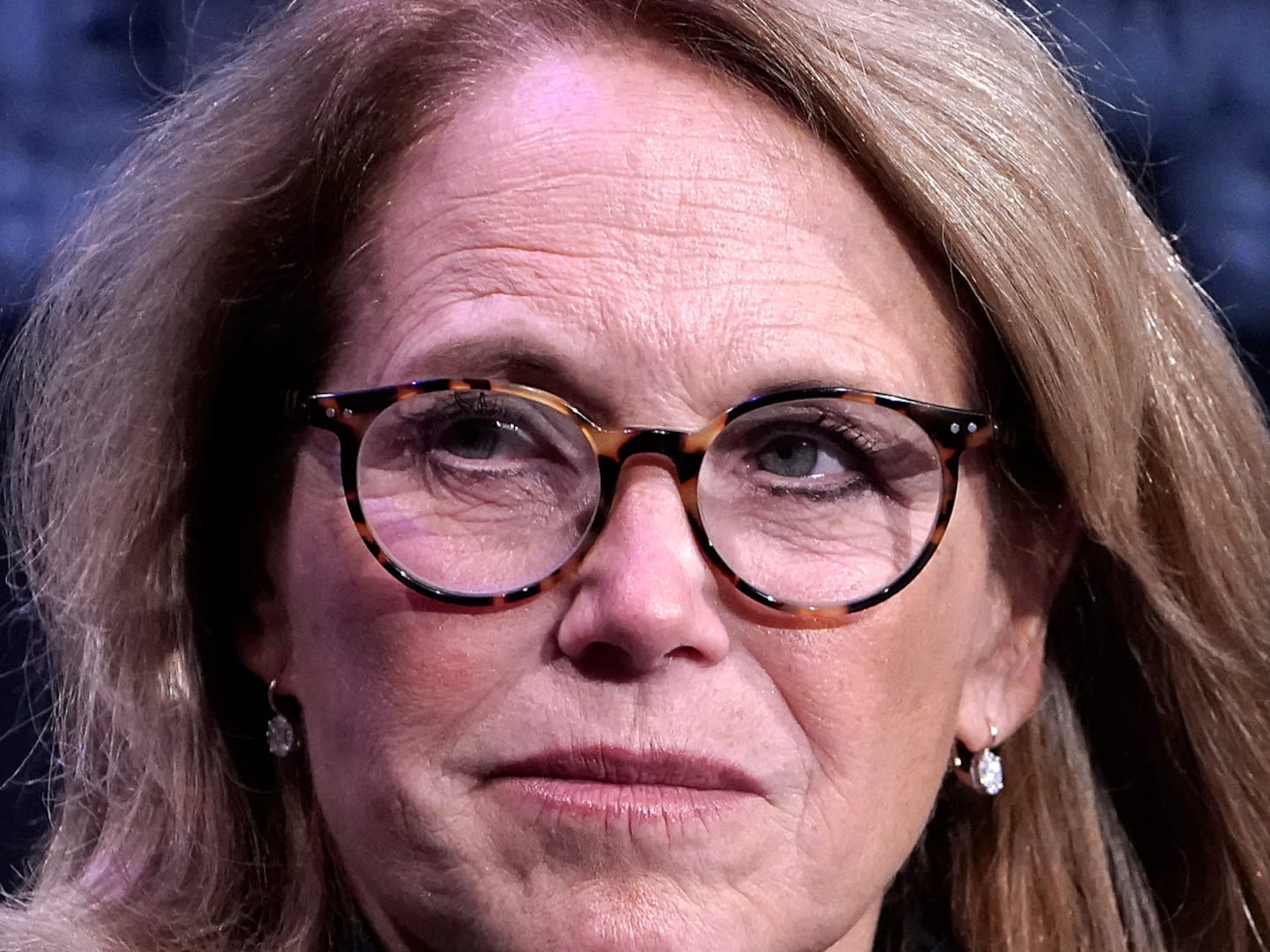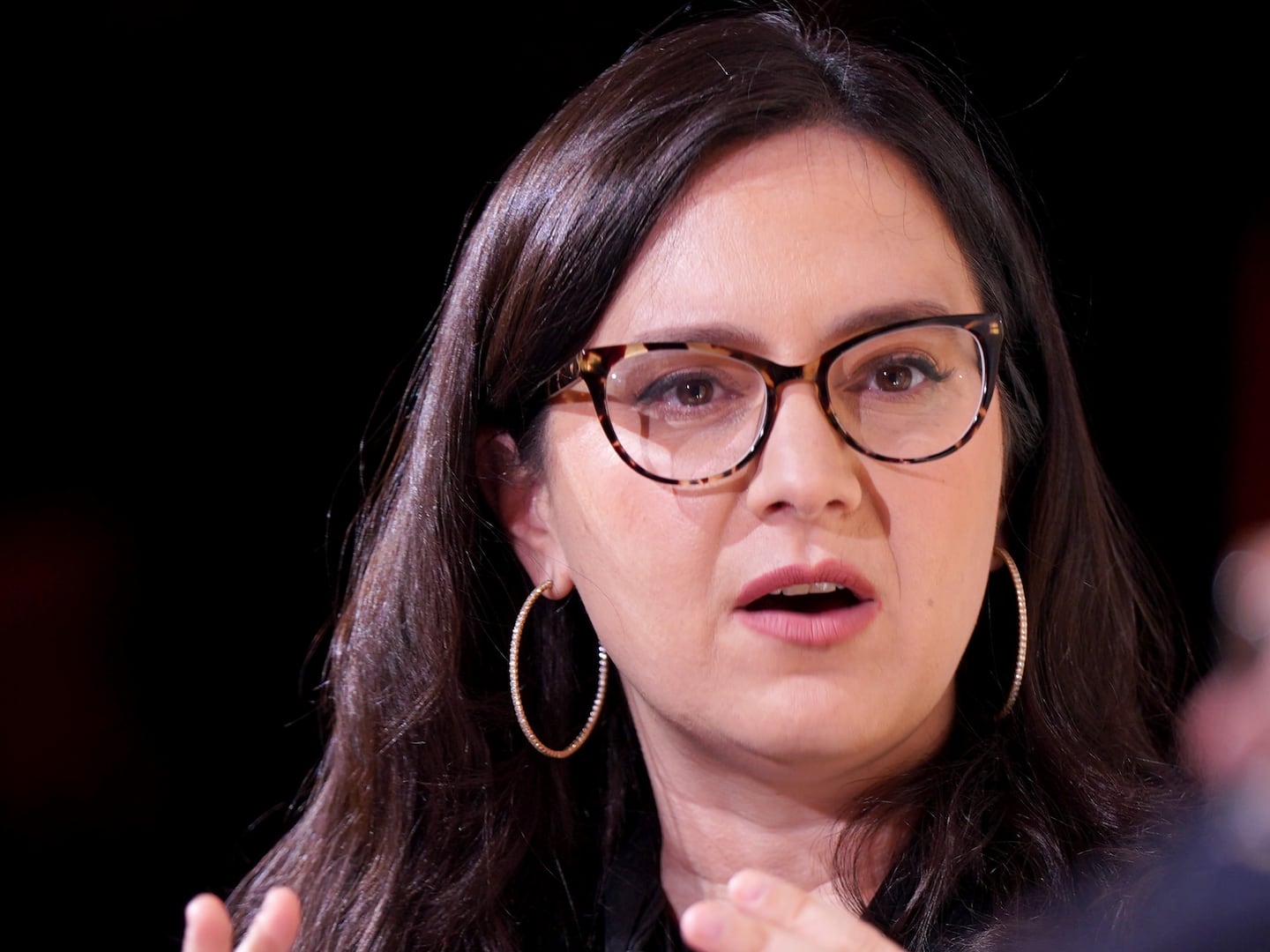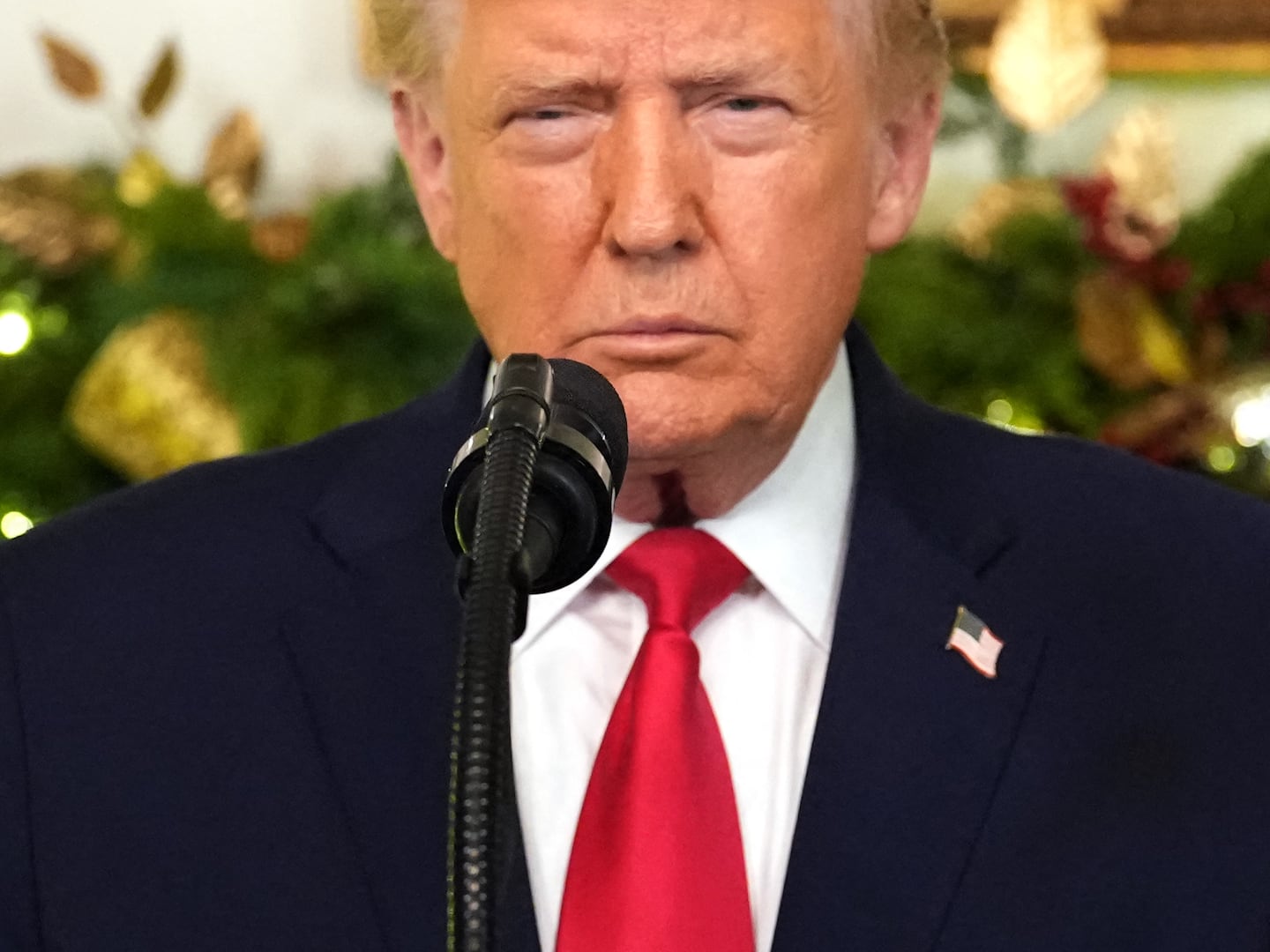Walmart shoppers planning their stampede survival tactics on Black Friday will find they have new company in the predawn hours: workers wielding picket signs.

Despite decades of failed unionization attempts and the company’s alleged retaliation against those who demand better pay, health care, and more hours, workers are planning to strike or conduct some other form of protest outside at least 1,000 locations across the United States on Friday, adding a new dimension of chaos to an already harrowing day for bargain hunters.
The idea, naturally, is to get in the faces of shoppers and on the television cameras of reporters on the retail behemoth’s most visible and important day. On Black Friday, the company would surely prefer people were talking about the $75 gift card that comes with the purchase of a $399 iPad 2 than whether it’s treating workers fairly. And it’s a day that economy wonks size up for weeks afterward as an indicator of consumer confidence and a harbinger of this holiday season’s likely profits.
But will it work? Will customers who have long ignored labor leaders’ many attempts to raise awareness about the company’s treatment of workers suddenly break from their bargain-induced frenzy and start caring?
Maybe.
Even the most cynical labor economists tell The Daily Beast that the Walmart protests, which began months ago, are already having the desired effect, though the unions backing those workers are far from reaching their ultimate goal. That effect: media attention. Stories about the strikes have appeared in The Washington Post, The New York Times, on National Public Radio, the Huffington Post, and just about every other major media outlet in the U.S., along with several around the world. Workers are getting the attention they crave, the chance to tell the world about what they call unfair labor conditions, and Walmart is getting some bad publicity at the worst possible time.
“We want Walmart to take seriously the concerns being raised,” said Tom Geiger, a spokesman for the United Food and Commercial Workers Union. “The endgame is for workers to have a voice in the workplace.”
The company is huge enough, as the world’s largest private employer, to weather this storm of protests, whether it’s a trickle of malcontents or a hurricane of workers all over the country. With 200 million customers visiting 10,300 stores in 27 countries every week, even if 10 percent of its customers decided they’d never shop there again, the company would survive. Spokesman Kory Lundberg released a statement Tuesday insisting the protest won’t “have any impact on our Black Friday plans whatsoever,” going so far as to assert that “customers will see nothing unusual when they shop.” These protests “Involve a handful of associates at a handful of stores. In fact most of the protestors don’t even work for Walmart. They are union organizers and union members.”
But the media attention these protests have already garnered threatens to shift the company’s ever-important narrative.
“Henry Ford understood you don’t create a great consumer mass market by nickel-and-diming workers,” said Stephen Herzenberg, executive director of the Keystone Research Center, a nonpartisan think tank. “Walmart needs to learn the same lesson. Bringing visibility to the fact that Walmart’s workers aren’t sharing in its phenomenal profitability is an important part of the educational process.”
And even if the protests don’t result in some dramatic or immediate action, Walmart has proved itself a company that cares about its reputation, says Nelson Lichtenstein, director of the Center for the Study of Work, Labor, and Democracy at the University of California, Santa Barbara.
“Ten percent of the American population refuses to shop at Walmart for political reasons,” Lichtenstein told The Daily Beast. “The company is scrambling.”
What’s different this time is that the protests involve workers, not just outside unions and environmental groups, Lichtenstein said. A coalition is leading the protests: OUR Walmart and Making Change at Walmart are two nonprofit assemblies of workers that have sprung up in recent years, and they’ve got the backing of the well-established United Food and Commercial Workers union, which has tried and failed several times to organize employees. The protesters’ demands include reliable schedules, cheaper health-care options, and a minimum wage of $13 an hour, 47 cents more than the average worker makes now.
“Even if it’s only a relative handful of them, they’re showing incredible bravery simply in announcing themselves,” Lichtenstein said. “The likelihood is that over the next year Walmart will succeed in firing these people, but I think that has a impact on the public, that people can see these workers who are stepping out are authentic.”
Walmart’s response to a series of small strikes and protests around the country in recent weeks was to fight back. Last week the company filed a complaint against the union with the U.S. National Labor Relations Board, accusing it of violating federal labor laws by picketing on company property, among other things.
But over the long haul, the company can’t afford to ignore these protests, said Tracy Sefl, a Democratic strategist who helped run the advocacy group Walmart Watch after the 2004 election.
“Anything the company is going to do is not going to come easily or quickly,” said Sefl. “But what a reasonable observer should hope for is that the company understands its detractors remained organized and highly engaged.” If that winds up affecting the company’s bottom line, in a palpable way, “then they go to the bargaining table,” she added.
Walmart has raised wages in recent years in response to worker discontent, Lichtenstein said. Friday’s protests are timed to highlight one of the workers’ biggest gripes: difficult working shifts. The company’s acquiescence to shoppers who want to start Black Friday earlier and earlier—on Thursday at 8 p.m., this year—means its employees often have to bail on Thanksgiving with their families.
“Walmart never likes to say they respond to pressure, but in fact they do,” Lichtenstein said. “This will make them think twice before they do things like cut back on the health plan.”
Another endgame strategy, he said: going over the company’s head, generating enough publicity to give lawmakers the political cover they need to beef up labor laws across the country. They also could close loopholes in the Affordable Care Act that some employers hope to use to skirt requirements to provide insurance to employees—keeping more of them at part-time status, for example.
“Lifting Walmart workers could be the spark that lifts all boats,” Herzenberg said. “In an economy where most people’s wages aren’t going up anymore, people do care.”
Or, it won’t, says Zev Eigen, a law professor at the Northwestern University School of Law who specializes in labor issues. People may care about how workers are being treated, but they also care about getting the best deal they possibly can on a flat-screen television, he said.
The question about the protest is a simple one, Eigen said: “How long does it last?”

